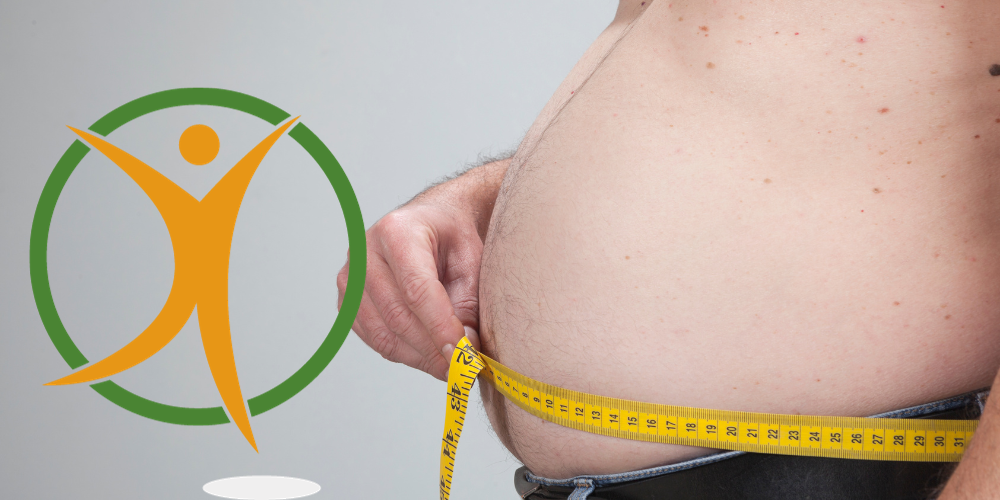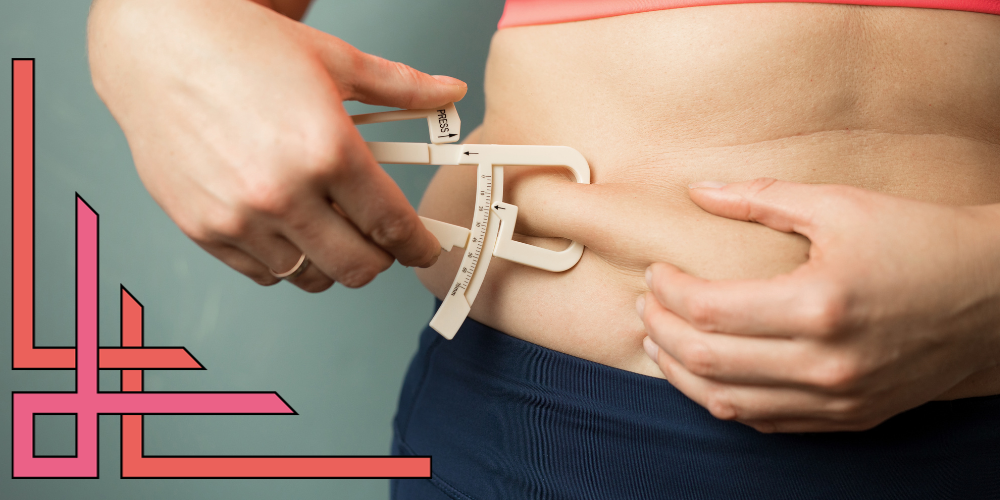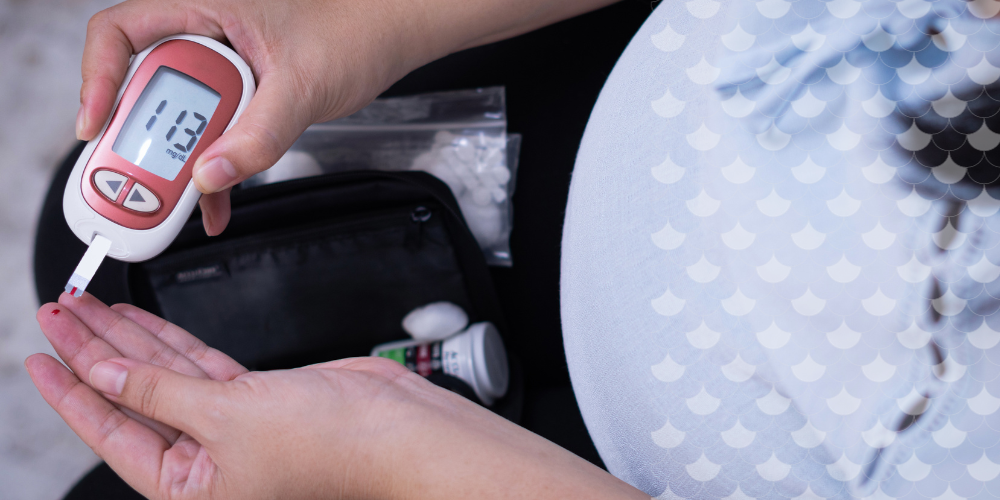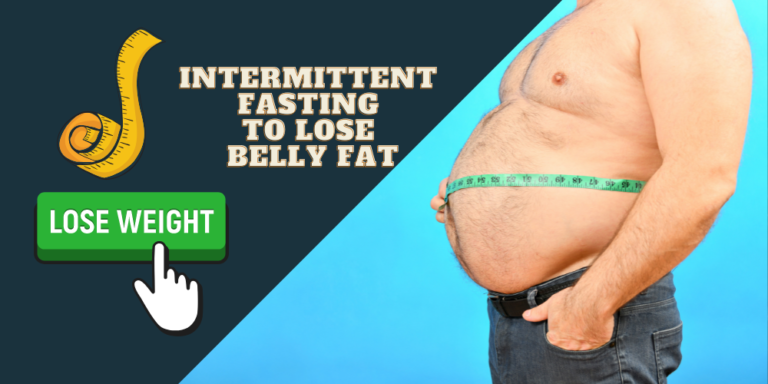Uncovering the Science Behind Belly Fat!
Are you struggling to lose belly fat and wondering what’s causing it in the first place? You’re not alone. Belly fat is a common and issue that affects millions of people all around the world.
Before you can lose your love handles you have to understand the root causes and take the necessary steps to get into the right mindset. In this article we will look into the science behind belly fat, its causes, the health risks associated with it, and effective strategies to shed those extra pounds around your waistline.
Understanding the differences between visceral and subcutaneous fat is key for successful weight loss.
Genetics, hormones, and diet are key factors to belly fat and need to be taken into consideration when attempting to reduce it.
Lifestyle changes such as diet, exercise, stress management and monitoring your progress can help you reduce belly fat while improving overall health.
The Science of Belly Fat: Understanding Visceral and Subcutaneous Fat

There’s more to belly fat than meets the eye. In fact, belly fat is actually made of two different types of fat: visceral fat and subcutaneous fat. When starting on a weight loss journey, it’s important to know the difference between these fats and understand their impact on overall health.
Customizing your approach to the type of fat you’re dealing with can help you lose belly fat more effectively and efficiently.
Visceral Fat
Visceral fat is the dangerous type of fat that surrounds internal organs and is a huge threat to our health. It produces cytokines, causing low-level inflammation, a risk factor for heart disease and other serious conditions.
Visceral fat also produces cytokines, triggering low-level inflammation, which increases the risk of heart disease and other serious conditions.
A proven strategy to fight back against visceral fat is a combination of strength training, aerobic exercises and eating a healthy diet.
Subcutaneous Fat
Subcutaneous fat, on the other hand, is located just beneath the skin and is considered less harmful than visceral fat. However, it can still impact overall health.
During middle age, women typically experience an increase in fat storage in the upper body, as opposed to the hips and thighs.
Having a healthy lifestyle which includes not drinking too much alcohol and avoiding trans fats is a huge part to reducing subcutaneous belly fat. These changes will not only improve your overall health but also lower the risk of developing chronic diseases associated with excess belly fat.
What Causes Belly Fat Accumulation?

There are many different things that contribute to the accumulation of belly fat, including genetics, hormones, and diet. Understanding these factors is key for effectively targeting and reducing belly fat.
Being aware of your body’s unique traits and triggers allows you to make smart decisions which turns into healthy habits so you can achieve your weight loss goals.
Genetics
Your genes play a big role in determining your body fat distribution, including the amount of adipose tissue stored in your body and where its stored. Certain genetics may cause you to accumulate more abdominal fat than others, even if you have strong abdominal muscles. The presence of free fatty acids can also have an impact on your body fat distribution.
While you can’t change your genetic makeup, you can take certain steps to manage your genetic curse of belly fat accumulation. This includes eating a healthy diet, exercising regularly, and stress management techniques.
Hormonal Influence
Hormones also have a major impact on belly fat accumulation. Cortisol, for example, can lead to the body storing more fat in the abdominal region. Estrogen and other hormones also play a huge role in belly fat accumulation.
Understanding the hormonal influences on belly fat and regulating hormonal imbalances through your diet, exercise, supplements, and stress reducing techniques is an effective and necessary strategy to lose belly fat.
Diet and Lifestyle
Diet and lifestyle choices play a huge role in gaining weight, especially belly fat. Eating processed foods, sugar, and unhealthy fats in high amounts should be avoided at all costs when trying to lose belly fat.
Furthermore, stress can lead to the production of hormones (cortisol) that result in fat storage in the abdominal region. Stress also leads to unhealthy eating habits, known as stress eating, which makes you gain even more belly fat.
Making healthier choices and effectively managing stress can prevent the development of belly fat and enhance your overall well-being.
Health Risks Associated with Belly Fat

Having excess belly fat is not just a cosmetic concern; it’s also a significant risk factor for a ton of health issues. When you have a bunch of abdominal fat, including excess visceral fat, you are at risk of developing:
metabolic syndrome
cardiovascular disease
dementia
asthma
other health conditions
Understanding the health risks involved with belly fat allows you to take necessary steps to reduce it and improve your overall health.
Metabolic Syndrome
Metabolic syndrome is a bunch of conditions that occur together. Increasing the risk of heart disease, stroke, and type 2 diabetes are some examples. Excessive abdominal fat is linked to an increased risk of developing metabolic syndrome and insulin resistance.
When you live a healthy lifestyle, which includes a balanced diet and regular exercise, can and will help you in reducing abdominal fat and lowering the risk of developing metabolic syndrome and other health issues.
Cardiovascular Disease
When you have a big belly not only does it look ugly, but belly fat also increases your chances of developing heart disease. In fact, women with the largest waistlines have more than double the risk of experiencing heart disease.
Taking the right steps to reduce belly fat can help lower your risk of cardiovascular issues and improve your overall health.
Other Health Issues
In addition to metabolic syndrome and cardiovascular disease, excess belly fat is also associated with other health problems, such as dementia and asthma. People with the highest levels of abdominal fat are nearly three times more likely to develop dementia and those with more abdominal fat are more prone to asthma.
When you reduce your belly fat, not only will you look better and feel better about yourself, but it also helps your mental health more than you could imagine. The best part is not how you look or how you feel but it will minimize your risk of these health issues!
Strategies for Reducing Belly Fat

Implementing effective strategies to reduce belly fat is key for improving your overall health and quality of life. This includes making changes to your diet, exercising regularly, and managing stress.
Taking a well-rounded approach to lose weight can help you target what areas you need to change which will help you in losing belly fat, therefore lowering your risk of various health issues and improving your quality of life.
Dietary Changes
Eating a balanced diet is a crucial step in reducing belly fat. This involves:
Reducing your sugar and alcohol intake
Increasing your consumption of fiber and protein
Eating nutrient-dense foods such as fruits, vegetables, lean proteins, and complex carbohydrates
Avoiding processed foods, sugar, and unhealthy fats
Making these changes to your diet can and will help you lose belly fat, reduce the existing belly fat, and boost your metabolism, improving your overall health.
Exercise Recommendations
Exercising regularly is another key component in reducing belly fat. Research shows that a combination of aerobic exercise and strength training is very effective in decreasing abdominal fat and overall body fat.
The Centers for Disease Control and Prevention (CDC) suggests that adults should engage in 150 minutes of light physical activity weekly. The CDC also recommends you should do two strength-training workout sessions each week. I personally think you should do 3 to 4, especially when you are trying to lose belly fat. Following these exercise recommendations can help effectively target belly fat and improve your overall health.
Stress Management Techniques
Stress management is another key part in reducing belly fat that many people overlook. Practices such as mindfulness, meditation, and yoga can help reduce stress and its impact on belly fat accumulation.
Incorporating these stress management techniques into your daily routine can help not only in reducing belly fat but also in improving your mood and quality of life.
Monitoring Progress: Tracking Belly Fat Reduction

It’s very important to track your progress in reducing belly fat to stay motivated and to make sure your efforts are paying off. By measuring your waist circumference and analyzing your body composition, you can measure your progress in losing belly fat and make any necessary changes to your diet and exercise routine.
Making sure to track your progress is an important part of any weight loss journey. By regularly measuring, you can avoid unintentional weight gain and stay on track towards your goals.
Waist Circumference
Measuring your waist circumference is a great way to track changes in belly fat. Using a tape measure, measure your waistline at the level of the navel, make sure that the tape is secure but not overly tight.
Consistently measuring your waist circumference lets you see the changes over time and change your lifestyle habits if necessary to achieve your weight loss goals.
Body Composition Analysis
In addition to waist circumference, body composition analysis can help you see changes in body fat percentage, muscle mass, and body weight. Techniques such as bioelectrical impedance analysis, dual-energy X-ray absorptiometry, and underwater weighing can provide accurate estimates of fat mass and abdominal obesity.
Monitoring body composition measurements on a regular basis can help in tracking your progress in reducing belly fat and improving overall health.
Final Thoughts
Losing belly fat is a very complex process that involves understanding obesity and the science behind visceral and subcutaneous fat, addressing the factors that contribute to belly fat accumulation, and implementing effective strategies to reduce it. By making changes to your diet, exercising daily, and managing stress, you can effectively target and lose belly fat, improving your overall health and quality of life.
Remember, the journey to reducing belly fat is not a quick fix but a long-term commitment to a healthier lifestyle. Stay consistent, track your progress, and make necessary changes along the way. With dedication and perseverance, you can conquer belly fat and enjoy a happier, healthier life.
I have done it, and you can too. If you need any help with anything, please do not hesitate to leave a comment and I will get back to you. Together nothing can stop us, and we can achieve any goal we put our minds to! Stay healthy my friends!
Frequently Asked Questions
What is the scientific reason for belly fat?
Belly fat can occur because of excess calorie consumption, a lack of physical activity, and age-related muscle loss. Dietary choices that contain high calories, low nutrients, and too much sugar as well as not enough fiber and protein can also contribute to the amount of belly fat.
Is there a scientific way to lose belly fat?
Yes, there is a scientific way to lose belly fat – exercise regularly (at least 30 minutes of moderate-intensity physical activity per day) and have a healthy diet. Additionally, HIIT and strength training have been found to be effective for reducing belly fat.
What are the two types of belly fat?
Visceral and subcutaneous fat are the two types of belly fat that can be reduced with targeted diet and exercise.
How do hormones affect belly fat accumulation?
Hormones, such as cortisol, can increase the accumulation of belly fat by causing the body to store more fat in the mid-section.
What dietary changes can help reduce belly fat?
In order to reduce belly fat, it is recommended to have a balanced diet, decrease sugar and alcohol intake, and increase fiber and protein consumption.







